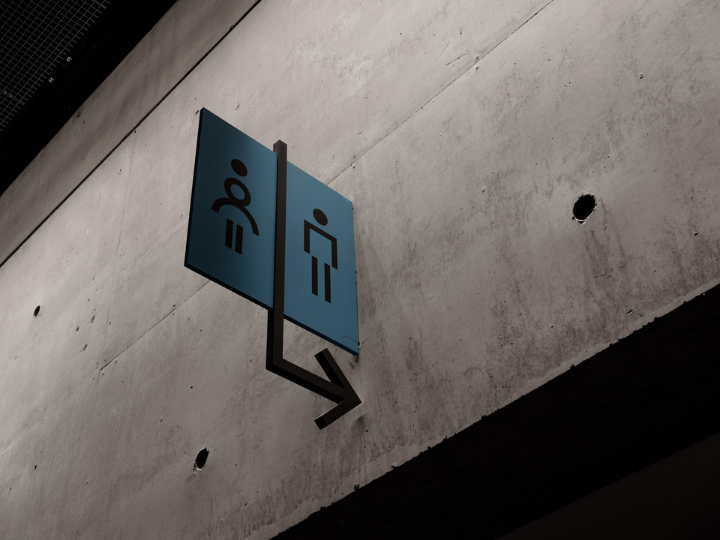The Women’s Rights and Employment committees want EU companies with at least 50 employees to be fully transparent regarding their salaries.
On Thursday, the committees on Women’s Rights and Employment adopted by 65 votes in favour, 16 against and 10 abstentions, their position on the Commission proposal on a Pay Transparency Directive.
MEPs demand that EU companies with at least 50 employees (instead of 250 as originally proposed) be required to disclose information that makes it easier for those working for the same employer to compare salaries and expose any existing gender pay gap within the organisation. Tools to assess and compare pay levels should be based on gender-neutral criteria and include gender-neutral job evaluation and classification systems.
If the pay reporting shows a gender pay gap of at least 2.5% (versus 5% in the initial proposal), member states would need to ensure that employers, in cooperation with their workers’ representatives, conduct a joint pay assessment and develop a gender action plan.
The Commission should create a dedicated official label to award to employers who do not have a gender pay gap in their companies, MEPs add.
Prohibit pay secrecy
The text stipulates that workers and workers’ representatives should have the right to receive clear and complete information on individual and average pay levels, broken down by gender. MEPs also propose to prohibit pay secrecy, via measures forbidding contractual terms that restrict workers from disclosing information about their pay, or from seeking information about the same or other categories of workers’ pay.
Shift of burden of proof
MEPs uphold the Commission proposal regarding the shift of burden of proof. In cases where a worker feels that the principle of equal pay has not been applied and takes the case to court, national legislation should oblige the employer to prove that there has been no discrimination.
Quotes by the rapporteurs
Samira Rafaela (Renew Europe, NL), of the Women’s Rights and Gender Equality Committee, said: ‘‘Today we are a step closer to getting rid of the gender pay gap in Europe. In Parliament, we have tried to strike the right balance between ensuring the right to information for female employees and limiting unnecessary burdens on companies. This way we can make equal pay for equal work a reality for as many women in Europe as possible.’’
Kira Marie Peter-Hansen (Greens/EFA, DK), of the Employment and Social Affairs Committee, said: ‘‘With this Directive, we are taking an important step towards gender equality, and shining a light on the problem of unequal pay. It is not only a strong signal stating that we will no longer accept gender-based pay discrimination, but it is also a toolbox to help member states and employers eliminate their gender pay gap in general.’’
Next steps
MEPs on the Women’s Rights and Employment committees approved the decision to enter into inter-institutional negotiations by 71 votes in favour and 20 against. The Parliament as a whole is expected to vote on that decision during the 4-7 April plenary session. The Council already adopted its position last December.
Background
The principle of equal pay is laid down in Article 157 TFEU. However, across the European Union, the gender pay gap persists and stands at around 14%, with significant variations among member states; it has decreased only minimally over the last ten years.
*Source: European Parliament




 By: N. Peter Kramer
By: N. Peter Kramer

